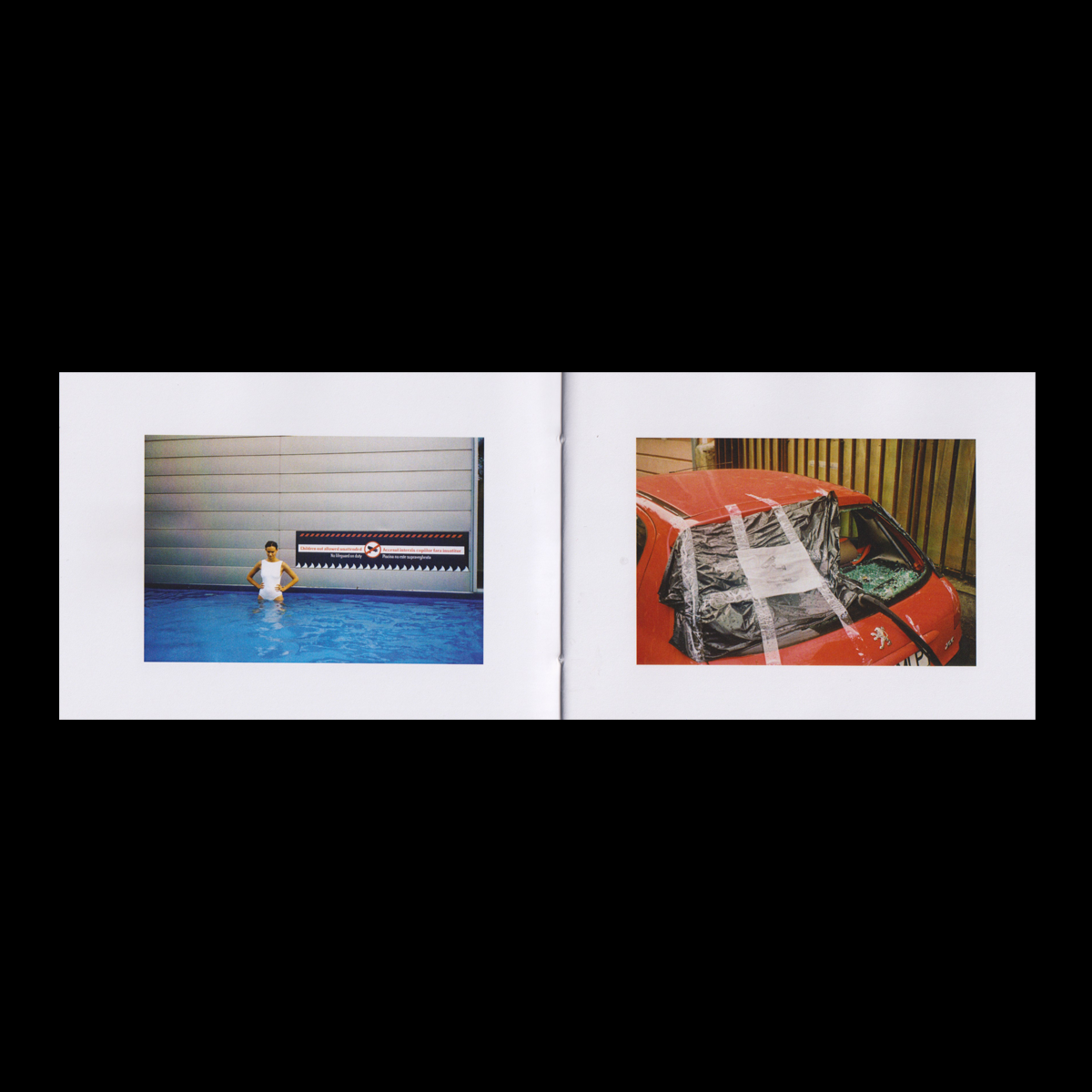 Image 1 of 4
Image 1 of 4

 Image 2 of 4
Image 2 of 4

 Image 3 of 4
Image 3 of 4

 Image 4 of 4
Image 4 of 4





HOMETOWN by Dragos Hanciu
Hometown is a visual research about migration, identity, homesickness, and about what happens to the places where we grew up while we make a life someplace else. The book itself beholds scars of distance being assembled mostly on Skype, between 4 European capitals. This is the visual story of the Romanian photographer Dragoș Hanciu and other tens of thousands of people who annually migrate from their homelands with no prospects to go back. Dragoș, now a pass-byer, has been silently wandering around his hometown for the last 6 years; he observes from distance and takes photos of places that hold something from the past & serve as postcards in the future.
The atmosphere from the photographs gives us the impression of a silent sleepwalk in a surreal, contradictory post-industrial landscape mixed with the architecture of a 7th-century-old city. The images are embedded with the lo-fi kind of texture which gives memories an oxymoronic sense of materiality. The photographs are inhabited by an ineradicable feeling of familiarity, because they represent other small, depopulated Hometowns.
There is a soft layer of dust, like a filter of time that you can’t wipe off these images. A dog, an old woman, a young one, a fence, a good friend, a light at the end of a street are leaving your eyes at a dialectal ease. Is that where you grew up? - There is a soft layer of dust, like a filter of time that you can’t wipe off these images. A dog, an old woman, a young one, a fence, a good friend, a light at the end of a street are leaving your eyes at a dialectal ease. Is that where you grew up? - extracts from the afterword by Jasmina Al-Qaisi
Dragoș Hanciu photography and book concept Fiorenza Pinna curator, editor and book concept Jasmina Al-Qaisi writer, visual ethnographer LOOT cover and text design Fabrik printing house, Romania
Self-published by Dragoș Hanciu in 2017 / Naked spine, soft cover with a plastic jacket / 20 x 26 cm / 96 pages / 45 color plates / Munken Lynx 150 gsm / 300 copies / ISBN 9789730255997
Hometown is a visual research about migration, identity, homesickness, and about what happens to the places where we grew up while we make a life someplace else. The book itself beholds scars of distance being assembled mostly on Skype, between 4 European capitals. This is the visual story of the Romanian photographer Dragoș Hanciu and other tens of thousands of people who annually migrate from their homelands with no prospects to go back. Dragoș, now a pass-byer, has been silently wandering around his hometown for the last 6 years; he observes from distance and takes photos of places that hold something from the past & serve as postcards in the future.
The atmosphere from the photographs gives us the impression of a silent sleepwalk in a surreal, contradictory post-industrial landscape mixed with the architecture of a 7th-century-old city. The images are embedded with the lo-fi kind of texture which gives memories an oxymoronic sense of materiality. The photographs are inhabited by an ineradicable feeling of familiarity, because they represent other small, depopulated Hometowns.
There is a soft layer of dust, like a filter of time that you can’t wipe off these images. A dog, an old woman, a young one, a fence, a good friend, a light at the end of a street are leaving your eyes at a dialectal ease. Is that where you grew up? - There is a soft layer of dust, like a filter of time that you can’t wipe off these images. A dog, an old woman, a young one, a fence, a good friend, a light at the end of a street are leaving your eyes at a dialectal ease. Is that where you grew up? - extracts from the afterword by Jasmina Al-Qaisi
Dragoș Hanciu photography and book concept Fiorenza Pinna curator, editor and book concept Jasmina Al-Qaisi writer, visual ethnographer LOOT cover and text design Fabrik printing house, Romania
Self-published by Dragoș Hanciu in 2017 / Naked spine, soft cover with a plastic jacket / 20 x 26 cm / 96 pages / 45 color plates / Munken Lynx 150 gsm / 300 copies / ISBN 9789730255997



































